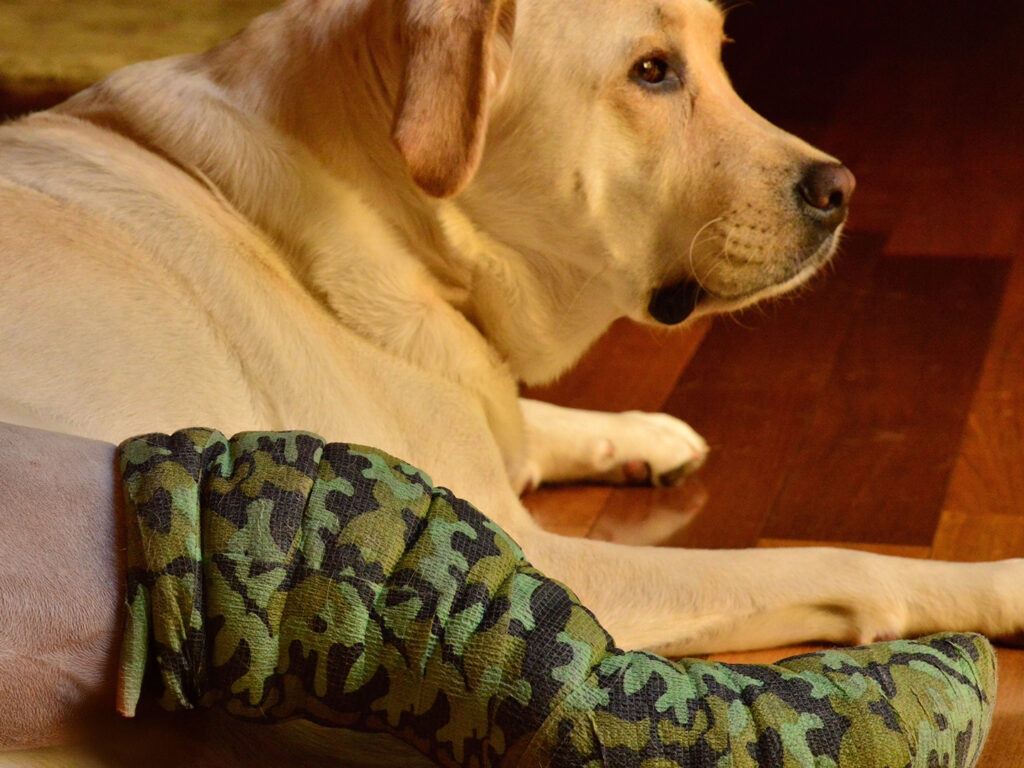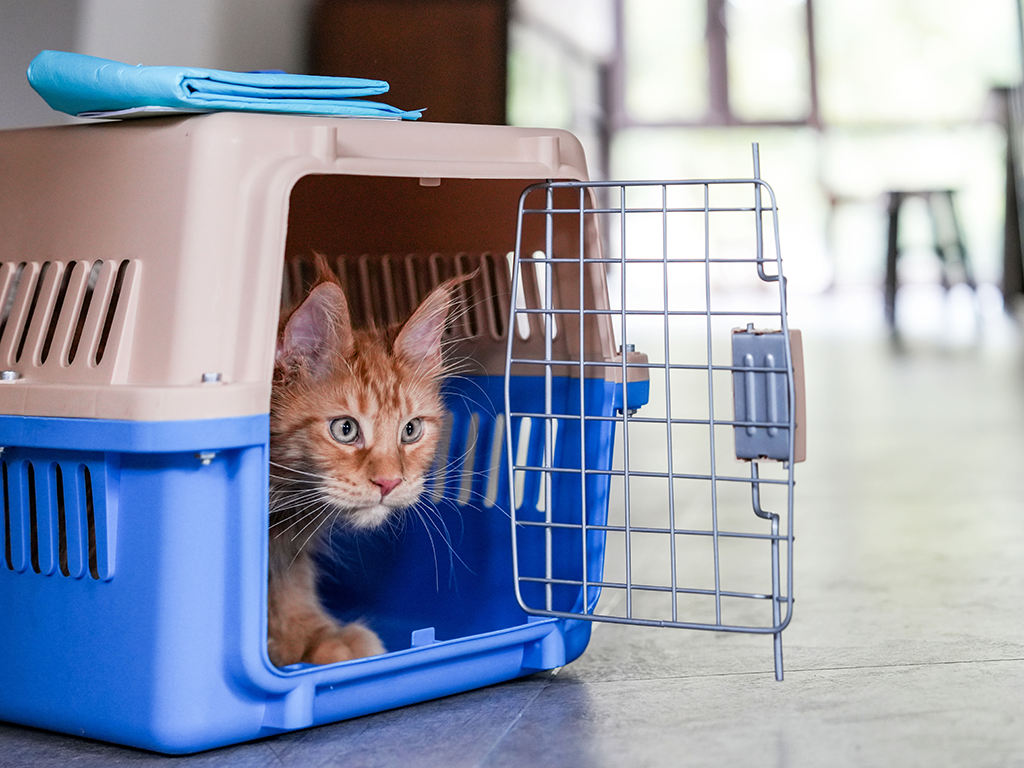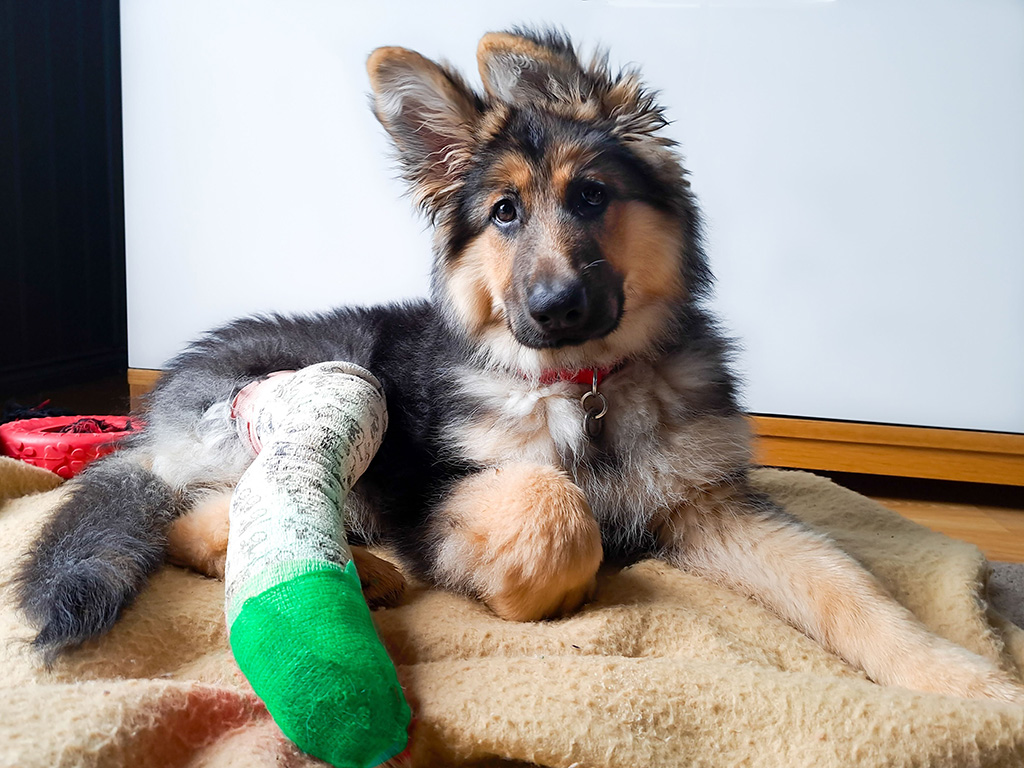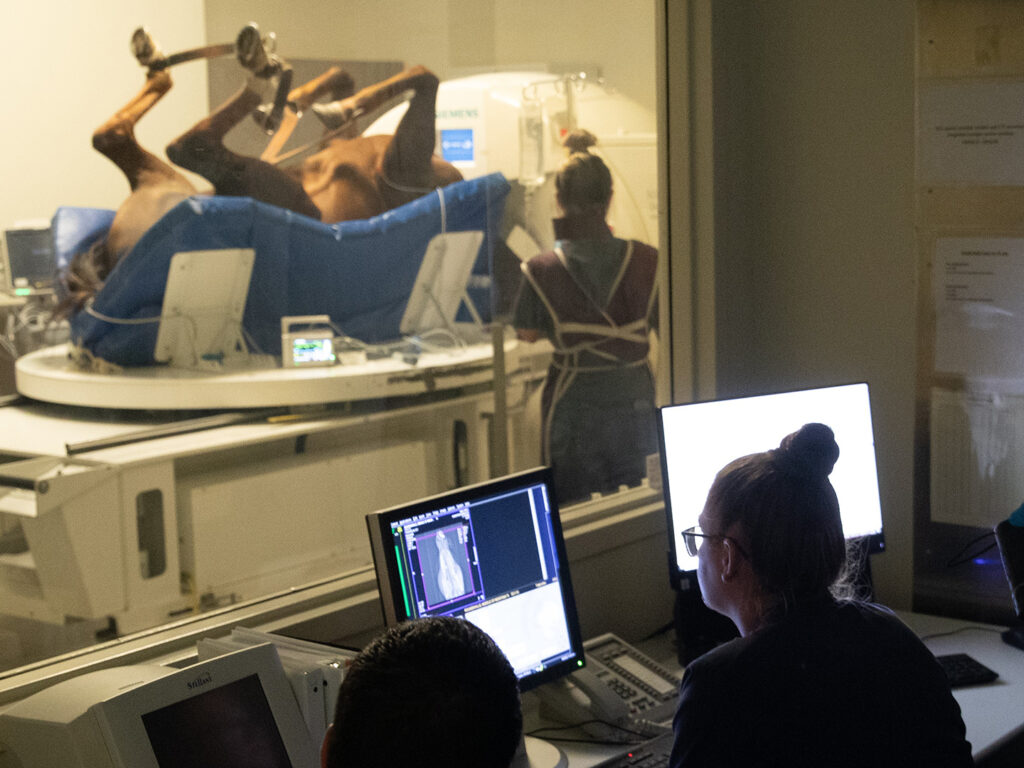TPLO Recovery: Setting Pets Up For Success

Tibial Plateau Leveling Osteotomy (TPLO) surgery is one of the most effective ways to restore a pet’s mobility after a cranial cruciate ligament (CCL) tear. With an experienced surgical team and careful at-home care, most pets make a full recovery — but the road to healing requires close attention to every step along the way.
As with any orthopedic surgery, complications can occur. Understanding how problems can arise — and how to prevent them — can make all the difference in helping pets return to their normal lives.
Dr. Katherine Barnes, a clinical associate professor at Texas A&M’s College of Veterinary Medicine & Biomedical Sciences, shares insight into the common causes of complications and offers guidance for ensuring a smooth recovery.
Laying The Groundwork For Recovery
While TPLO surgery can successfully stabilize the knee and restore mobility, its effectiveness depends on the choices made both before and after surgery.
Choosing an experienced surgeon helps set the stage for smooth healing, but surgery is only half the battle. Even the best surgery can fall short if recovery protocols aren’t strictly followed at home.
It’s important that owners ask plenty of questions before surgery so that they fully understand the precautions they need to take during the recovery period.
For the first eight weeks, healing must be closely monitored. Pets must be kept calm, confined when unsupervised, and restricted to short, leash-only walks.
The Importance Of A Watchful Eye
While most pets recover without major issues, complications can still develop.
Some degree of swelling and mild lameness is expected as part of the healing process, but sudden signs like an unusual increase in swelling, worsening lameness, or any drainage from the incision site could indicate a more significant problem, such as an infection or loosening of implants.
“If a pet is having increased lameness or swelling after surgery, they will likely need an orthopedic exam and X-rays to re-evaluate the bones and implants,” Barnes said.
Keeping Recovery On Track
Following all the care instructions after surgery is another important part of reducing the risk of complications.
“Post-operative instructions are always sent home with the patient and provide clear steps for minimizing the risk of complications,” Barnes said. “Key recommendations include restricting activity and using an e-collar to prevent the pet from licking or chewing at the incision site.”
If anything seems off during recovery, it’s always best to contact the surgical team immediately rather than waiting.
“Complications are easier to manage when caught early,” Barnes said. “Minor issues may be resolved with oral medications and continued rest, but evaluation and X-rays may still be needed.”
Even once healing is complete, owners should continue to support their pet’s long-term joint health.
“Owners may need to manage clinical signs associated with any arthritis that may have developed from the CCL tear,” Barnes said. “Maintaining a pet’s lean body weight can help improve long-term mobility when arthritis is present. Adding in joint supplements, such as omega-3 fatty acids, glucosamine, and chondroitin, can also help with joint health long-term.”
Although TPLO surgery can be demanding, the reward is well worth the effort. With the right care, pets can return to doing all the things they love and enjoy a future full of pain-free adventures.Pet Talk is a service of the College of Veterinary Medicine & Biomedical Sciences, Texas A&M University. Stories can be viewed on the web at vetmed.tamu.edu/news/pet-talk. Suggestions for future topics may be directed to vmbs-editor@tamu.edu.
You May Also Like








